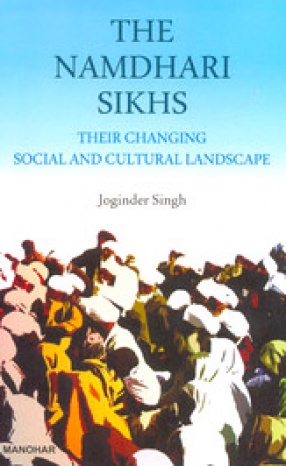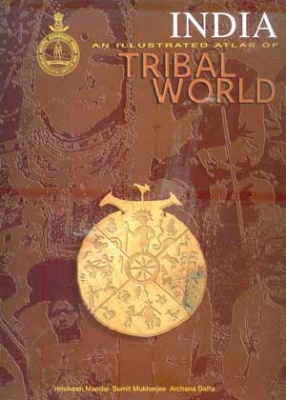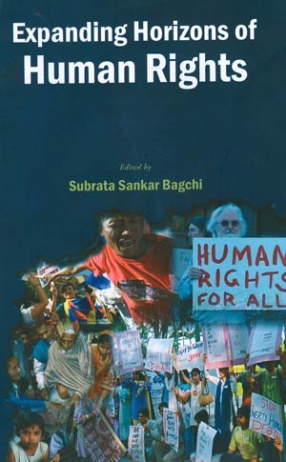The Namdhari Sikhs: Their Changing Social and Cultural Landscape
For the first time a serious attempt has been made to understandthe social background of the Namdhari Sikhs of Punjab; theirdemographic and occupational changes and beliefs and practices. Thestudy shows that the Namdhari Sikhs primarily came from theagricultural and artisan classes ever since the inception of theKuka Movement in the late nineteenth century. Since then the peopleof other occupational castes have also responded to the Namdharimission. The study has identified eighteen occupational castes ofthe Namdhari Sikhs. Among these, the Jat and Ramgharia Sikhs are inmajority. The study analyses the variations in the proportionaterepresentation of each occupational caste and its status in theadministrative hierarchy of this community during a period of 150years. It also examines the impact of primary variables, likePartition of Punjab (1947), creation of Indo-Pakistan Border, GreenRevolution, industrial developments and Terrorist Movement inPunjab, on the processes of migration and resettlement of theNamdhari Sikhs, their caste-wise occupational diversification andclass differentiation and rise of new classes. These developmentsposed serious challenges to the Namdhari leadership. In addition tothe above, the study examines the Namdhari concepts ofembodied-guru, nam-simran, structure of rituals, dowry-free massmarriages, food taboos and dress code. The study highlights thatthe religious orientation of the Namdhari Sikhs has strengthenedthem spiritually and morally to withstand those social evils thataffect most Punjabis.
Get it now and save 10%
BECOME A MEMBER










Bibliographic information